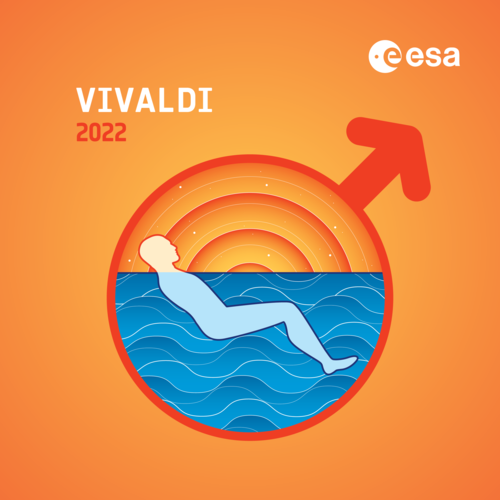
“Our first objective is to use the analogue to get a better understanding on how humans physiologically, and to a certain extent psychologically, react and adapt to such an extreme stimulus,” says Angelique, ESA Discipline Lead for Life Sciences. “It's a good tool to get a better understanding of how astronauts adapt to spaceflight, and it allows us to test and validate countermeasures.”
The first leg of this experiment, VIVALDI I, featured an all-female group of participants, to fill a gap in existing research. Alongside VIVALDI II, the soon-to-begin second leg involving male participants, the data gathered will give researchers an idea of what strains microgravity places on astronauts of any sex, so that widely effective mitigation approaches can be designed



